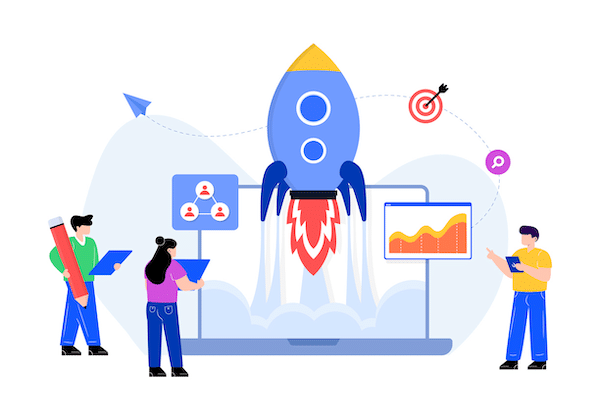Creating User Stories: Tools and Techniques for Business Analysts
 Shivanshi Singh
Shivanshi Singh
User stories are a fundamental component of Agile methodologies, providing a simple and effective way to capture requirements from the user's perspective. For business analysts, mastering the art of creating user stories is essential to ensure that the development team delivers solutions that meet user needs.
This article explores various tools and techniques that business analysts can employ to create effective user stories.
What Are User Stories?
User stories are concise, simple descriptions of a feature told from the perspective of the end user. They help to define the who, what, and why of a requirement, focusing on the value it delivers to the user.
Structure of a User Story
A typical user story follows the "As a [role], I want [feature] so that [benefit]" format. This structure helps clarify the purpose of the story and the target user.
Importance of User Stories
User-Centric Focus: User stories prioritize user needs and experiences.
Enhanced Communication: They foster better communication between stakeholders and development teams.
Adaptability: User stories can be easily modified as project requirements evolve.
Tools for Creating User Stories
1. Jira
Jira is a popular project management tool that allows teams to create, track, and manage user stories within the Agile framework. Its user-friendly interface enables business analysts to:
Create User Stories: Quickly write and edit user stories.
Prioritize Tasks: Organize user stories based on business value and urgency.
Collaborate: Share stories with team members for feedback and updates.
2. Trello
Trello is a visual collaboration tool that uses boards and cards to represent tasks. Business analysts can use Trello to:
Organize User Stories: Create cards for each user story and categorize them by project phase.
Collaborate in Real-Time: Team members can comment, assign tasks, and set due dates directly on the cards.
Visualize Progress: Easily see the status of user stories and their implementation.
3. Confluence
Confluence is a documentation and collaboration tool that integrates seamlessly with Jira. It allows business analysts to:
Document User Stories: Write detailed user stories and link them to relevant documentation.
Create Templates: Use predefined templates to maintain consistency in user story creation.
Collaborate: Encourage team discussions and feedback on user stories.
Techniques for Crafting User Stories
1. Workshops and Brainstorming Sessions
Conducting workshops with stakeholders and team members can help generate user stories collaboratively. Techniques such as:
Brainstorming: Gather ideas from various stakeholders to capture a diverse set of requirements.
Affinity Mapping: Group related user stories together to identify themes and priorities.
2. User Interviews
Conducting interviews with end users can provide valuable insights into their needs and pain points. Business analysts should:
Prepare Questions: Create a list of open-ended questions to encourage detailed responses.
Capture Insights: Document user feedback and translate it into user stories.
3. Personas
Developing user personas helps business analysts understand the different user types who will interact with the system. By creating detailed personas, analysts can:
Identify Needs: Tailor user stories to address the specific needs and motivations of each persona.
Enhance Empathy: Ensure that user stories reflect real user experiences and challenges.
4. Story Mapping
Story mapping is a visual technique that helps business analysts arrange user stories in a way that illustrates user journeys. This technique enables:
Prioritization: Identify critical user stories that deliver the most value.
Visualization: See the entire scope of the project and how user stories fit together.
Best Practices for Writing User Stories
Keep It Simple: User stories should be straightforward and easy to understand.
Include Acceptance Criteria: Clearly define the conditions that must be met for the user story to be considered complete.
Iterate and Refine: User stories are not set in stone. Encourage ongoing feedback and improvements.
Conclusion
Creating effective user stories is a crucial skill for business analysts, enabling them to capture user needs and ensure successful project outcomes. By leveraging the right tools and techniques, analysts can foster collaboration, prioritize requirements, and create user stories that drive value for both users and the organization. For those interested in enhancing their skills in this area, a business analyst course in Noida, Delhi, Meerut, Chandigarh, Pune, and other cities located in India can provide the necessary training and knowledge. By embracing these practices, business analysts can significantly enhance their contribution to Agile projects.
Subscribe to my newsletter
Read articles from Shivanshi Singh directly inside your inbox. Subscribe to the newsletter, and don't miss out.
Written by

Shivanshi Singh
Shivanshi Singh
I am a Digital Marketer and Content Marketing Specialist, I enjoy technical and non-technical writing. I enjoy learning something new. My passion and urge is to gain new insights into lifestyle, Education, and technology.